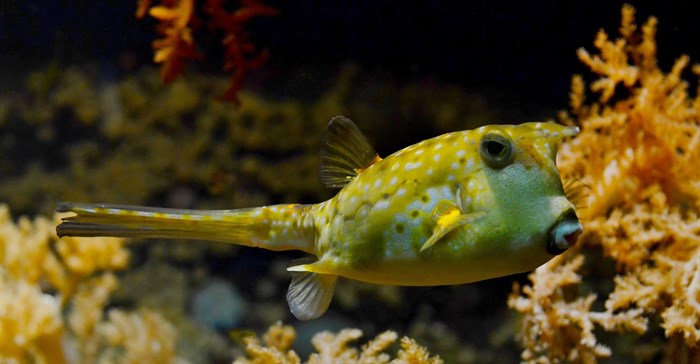
Top stories






ESG & SustainabilityBeards With Heart: dotsure.co.za rallies corporate volunteers for the GRSPCA - George
dotsure 15 Dec 2025
More news



A major environmental project to restore the destinations’ famed coral reefs seems to be bearing fruit, or rather coral as so-called reef rescuers pull together to save the threatened reefs.
Climate change has been identified as the major culprit in placing Seychelles’ marine ecosystem under threat.
Scientists and marine biologists have in particular identified the damage caused by the Indian Ocean Dipole and El Niño phenomena which caused high-scale coral bleaching in 1998 and reduced live coral by close to 97%.
The damage was so severe that the coral was unable to regenerate and at the same time it became less resistant to disease.
While there has been slow recovery in the past 19 years, with reefs only now reaching pre-1998 levels, the outlook for this fragile ecosystem is again under threat.
In June this year, marine biologist Jude Bijoux told the Seychelles News Agency (SNA) that the coral reefs of Seychelles are in grave danger due to the damage sustained during last year's warm El Niño and the general effect of climate change. He added that the level of coral bleaching is currently similar to the bleaching catastrophe which happened in 1998.
According to Bijoux, should the reefs not get sufficient time to recover, they will become smaller and eventually upset the ecosystem as many underwater species depend on the coral reefs for food and shelter.
For an island state like Seychelles, coral reefs are also extremely important as they contribute to the two most important sectors of the country’s economy - tourism and fisheries.
However, where there is life there is hope. Both government and non-government organisations are actively getting involved in coral restoration projects, or so-called coral gardening.
The first scientific restoration programme was launched by non-governmental organisation Nature Seychelles in 2010. The organisation took corals that had survived the 1998 bleaching, and began to grow over 45,000 fragments of corals in underwater nurseries and planted them in a degraded area in the Cousin Island Special Reserve.
In 2015, the Seychelles National Parks Authority (SNPA) also embarked on another coral nursery project off Curieuse Island to try and restore the reefs.
While the scientists are yet to measure the long-term success, of coral gardening, the projects have been successful in terms of gathering data about the coral reefs and how to repair them.
Taking into consideration that coral grows very slowly, coral gardening is no easy task.
In its simplest form, coral farming is best described as the process whereby samples of healthy corals are collected from the local reefs, raised in nurseries until mature, and then installed at an identified site of restoration.
Coral farms are basically not very different to underwater gardens, requiring plenty of nutrients and the right temperature. After about a year or two, the corals have more than tripled in size and are ready to be harvested.
A single coral finger may grow into several new ones, all ready to be planted back onto the reef or into a new nursery to promote regeneration of the ecosystem.
While the long-term success of coral gardening is yet to be monitored, the short-term success is already evident in some of the reefs where restoration has taken place.